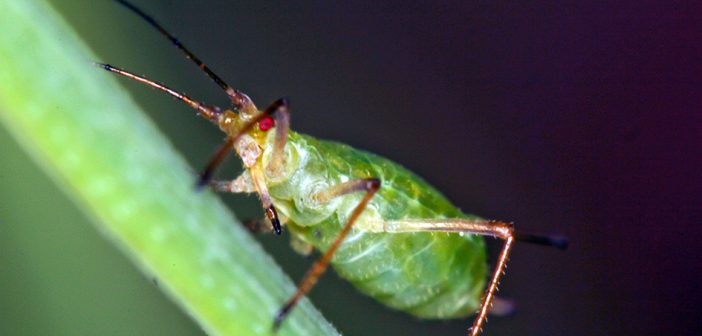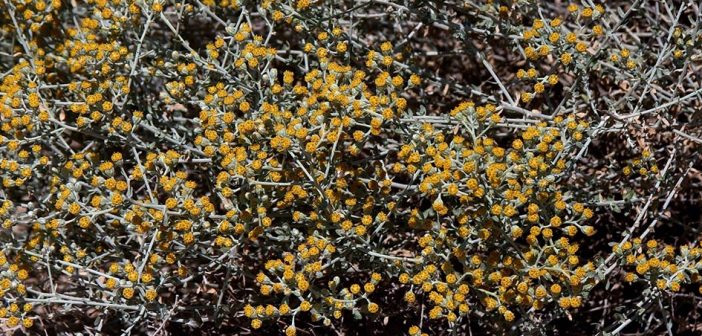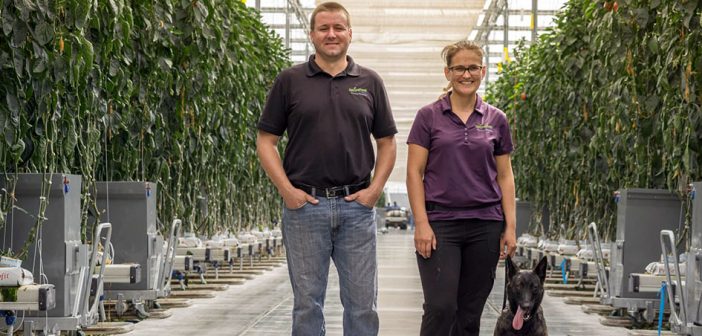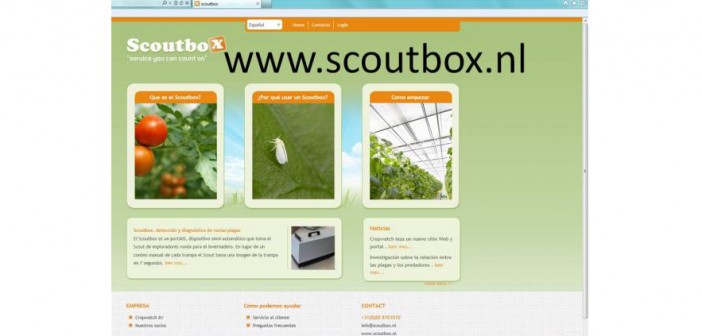Researchers working on a project supported by AHDB Potatoes hope they will be able to improve the accuracy of a calculator on the AHDB website for the Globodera pallida species of potato cyst nematode.
The current PCN pallida calculator replaces an earlier CD-based version, and is designed to be updated with new information as it becomes available. Based on feedback, AHDB claims the web version is more user friendly, allowing for greater flexibility to move around the various input tabs and so demonstrate ‘what if’ scenarios.
Senior Research Assistant Bill Watts at Harper Adams University is hoping that the 20 month project will provide new data sets to help the calculator keep up with the latest findings on PCN biology, shifting varietal trends and new management practices.
“The varieties under investigation include Estima, Lady Rosetta, Marfona, Maris Piper, Markies, Melody, Nectar, Pentland Dell, Royal and Taurus,” he said. “They represent the ten most widely grown varieties in the UK today and are compared to two control varieties; Maris Peer which is intolerant to PCN, and Cara which is tolerant of PCN. Much emphasis has been placed on investigating resistant varieties; however, information on varietal tolerance to PCN is also important to potato growers.”
The next set of tolerance experiments will be carried out this spring, although AHDB stress that the model, “Is not a decision support system as it does not offer advice on what you should do. Instead it is an educational tool, or a decision justifier.”
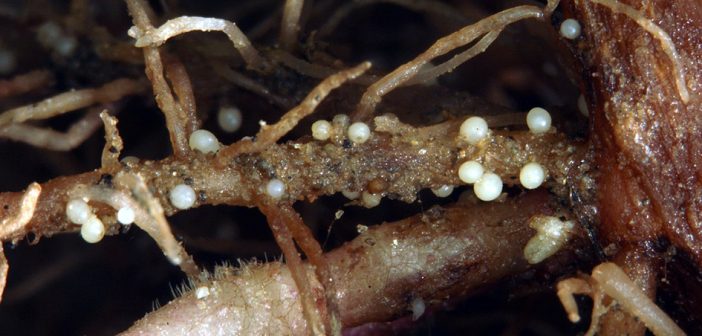
Photo Caption: PCN cysts on infected potato roots.
Photo Credit: USDA
The post New PCN calculator unveiled appeared first on Hort News.
